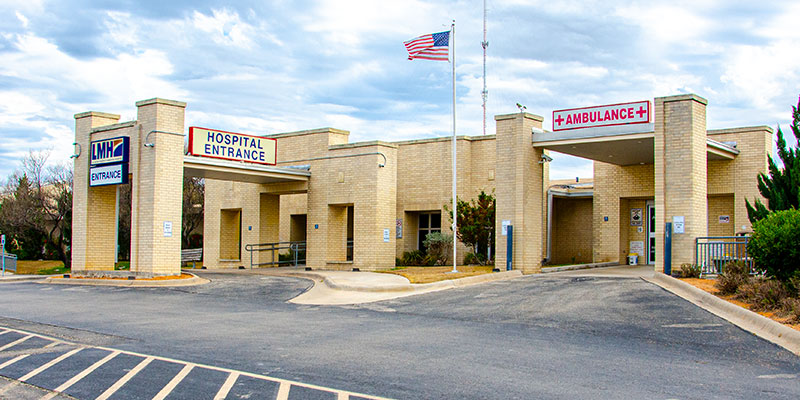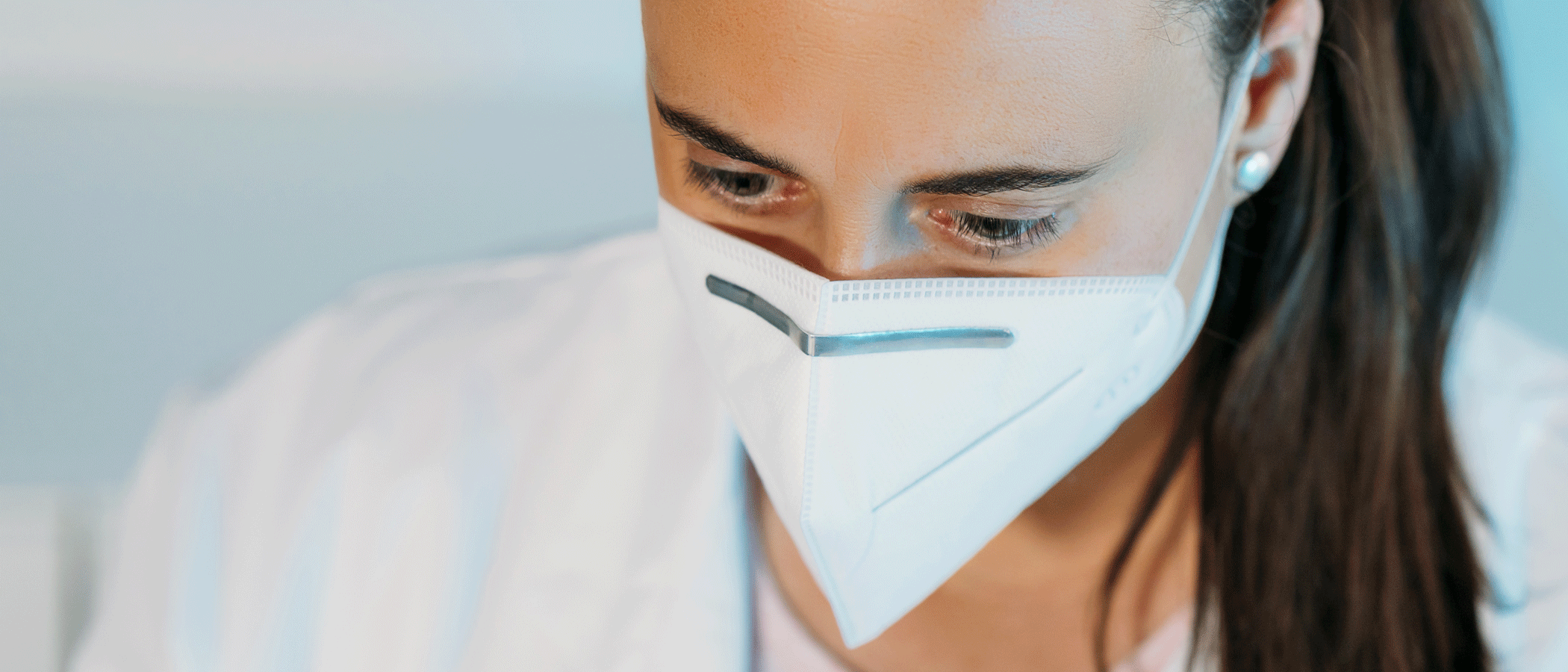
Tell us about the leadership transition at Lillian M. Hudspeth Memorial Hospital.

LANCE KEILERS: I have been honored to serve in the role of interim CEO at Lillian M. Hudspeth Memorial Hospital since June 2020. At that time the former CEO, Andy Kolb, passed away unexpectedly but not before he put a plan in place to start addressing the COVID-19 pandemic. Andy immediately brought the staff together and the COVID-19 team met weekly to review number of cases, personal protective equipment supplies and staffing.
What were some of your early COVID-19 challenges for your leadership?
LK: Early challenges including access to PPE and coordination of COVID-19 positive patients. The executive leadership included the chief nursing officer, director of operations and medical director who met continually to assess the needs of the community. Early on, testing was an issue as the turnaround time for send out tests took days, and the hospital did not have access to inhouse testing or rapid testing.

HILLARY GALINDO, RN, MSN: As chief nursing officer of the hospital, my biggest challenge educating the clinical and ancillary staff members around COVID-19. Another huge challenge for our small facility began when we started receiving very ill COVID-19 patients. We needed to get them to higher level of care, but surrounding facilities were diverting COVID-19 patients, as well as trauma and critical care. As a rural hospital, we struggled to find placement for a lot of our patients.
What were some of the most difficult decisions to make during the pandemic?
LK: Some of the most difficult decisions made during the pandemic focused on balancing patient access to hospital services while still providing safe testing for COVID-19 patients. Processes were put in place by hospital leadership to address patients in the emergency department as well as the primary care clinic. Other difficult decisions included limiting services and limiting patient family access in the facility.
When did you feel you turned a corner (or saw the light at the end of the tunnel)?
HG: We started turning the corner just a couple months ago. The COVID-19 positive patients we were seeing were mostly outpatient, meaning they were not as sick. Our surrounding hospitals now have open beds, our PPE count is better than it ever has been, and we haven’t had an employee out due to COVID-19 exposure or illness in over 2 months.
Tell us about your road to recovery.
LK: The road to recovery for the hospital will be a long process. Not only did COVID-19 affect the hospital financials with low volumes and decreased revenue, but many of our staff were also directly affected by COVID-19 – including testing positive, being quarantined and even loss of life of family members. Throughout it all, the staff have grown closer together and work more as a team than ever before.
What have you done to maintain resilience among staff?
LK: The senior leadership team worked with department managers to implement COVID-19 safety processes and also provide mutual support to one another. Working in a rural hospital, all employees wear multiple hats and fill in where they are needed. COVID-19 showed a side of human frailty as a disease that impacted many people. The staff at LMH showed an even greater strength by coming together during a horrible pandemic to support each other and keep services functioning.
How have you demonstrated your resilience to your community?
HG: When we began our COVID-19 emergency preparedness group, we met with our county judge, and outlined all the new processes the hospital had put in place. We have communicated with our community members by posting news and updates via social media, our hospital webpage, and we have been on the local radio weekly. The COVID-19 team, in partnership with our providers, implemented a COVID-19 hotline for our community members to call for a free screening.
How do you keep morale high in your hospital?
LK: The board has continued to encourage and support the hospital providers and staff and throughout this last year, with everything going on with COVID-19. The board came together to think outside the box: they agreed to update equipment, expand services and continue on a path to improve patient care while listening to the needs of the community.
What major changes did your organization make during the pandemic that will stick for the future?
LK: The hospital implemented processes to acquire and manage PPE supplies, improved and expanded cleaning and sterilization processes, and added three negative pressure rooms to help prepare for future events should they arise. However, in many ways the hospital did not make major changes during the pandemic. We did what they have always done: work together to care for the patients, the community and each other regardless of the conditions, obstacles or roadblocks.
